The Balkans are one of Europe’s best-kept secrets (although being discovered in recent years). This region, stretching from the Adriatic coast to the Black Sea, mixes Ottoman, Slavic, and Mediterranean influences in a way that feels both familiar and completely unique. If you’re short on time but curious about the area, this Balkans travel guide outlines how to spend five days exploring highlights without feeling rushed. It won’t cover every country – there are too many! – but it will give you a taste of what makes the Balkans such a special corner of Europe.
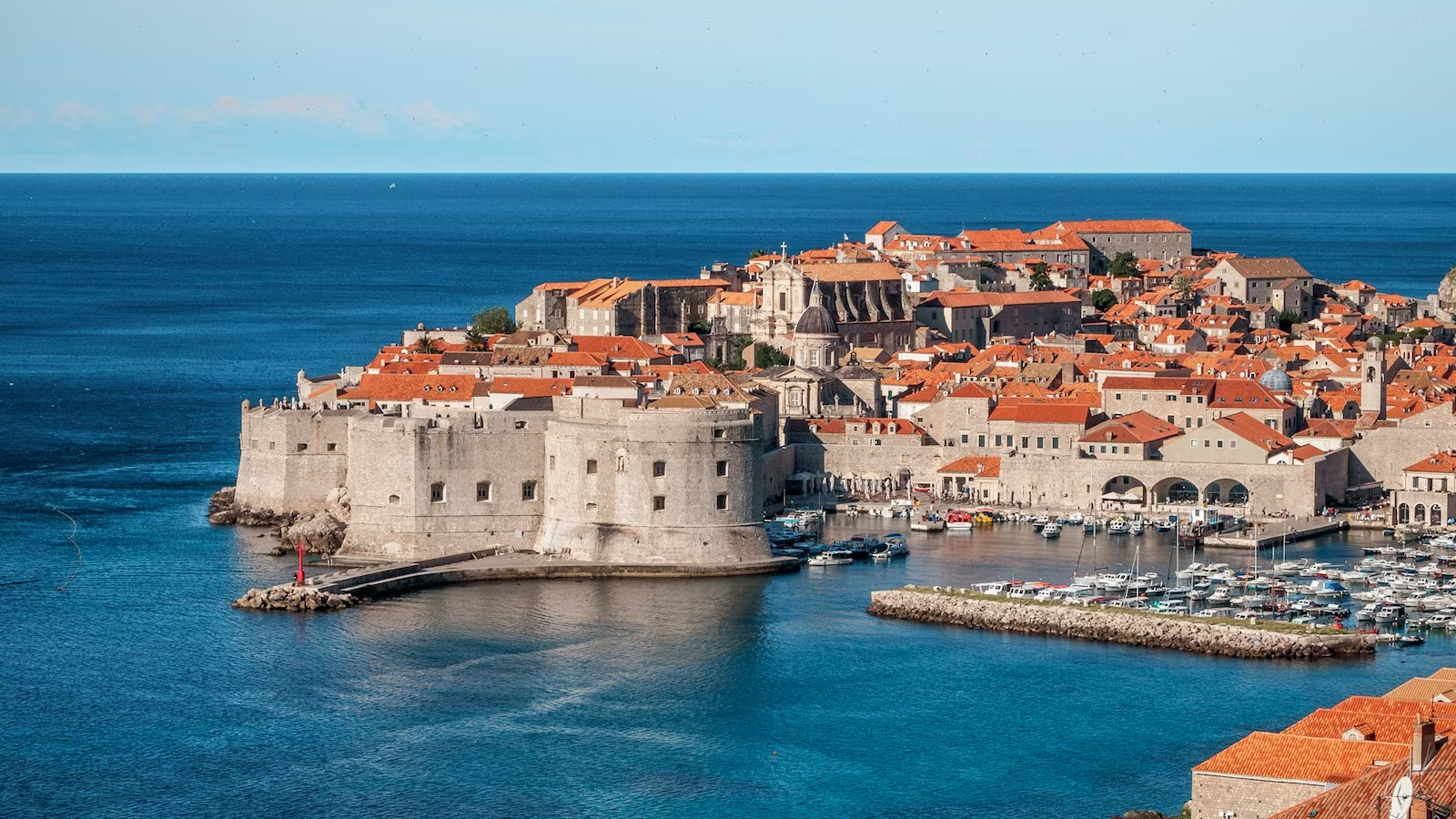
Day 1: Arrival in Dubrovnik, Croatia
Dubrovnik is often called the “Pearl of the Adriatic.” Its old town, surrounded by massive stone walls, is almost too pretty to believe.
Spend the first day wandering the narrow lanes, walking the walls for views over the sea, and trying local seafood by the harbor.
If time allows, take the cable car up Mount Srđ for sunset: it’s the best way to see how the city spills into the Adriatic.
Dubrovnik is touristy, yes, but it’s also a perfect gateway to the Balkans.
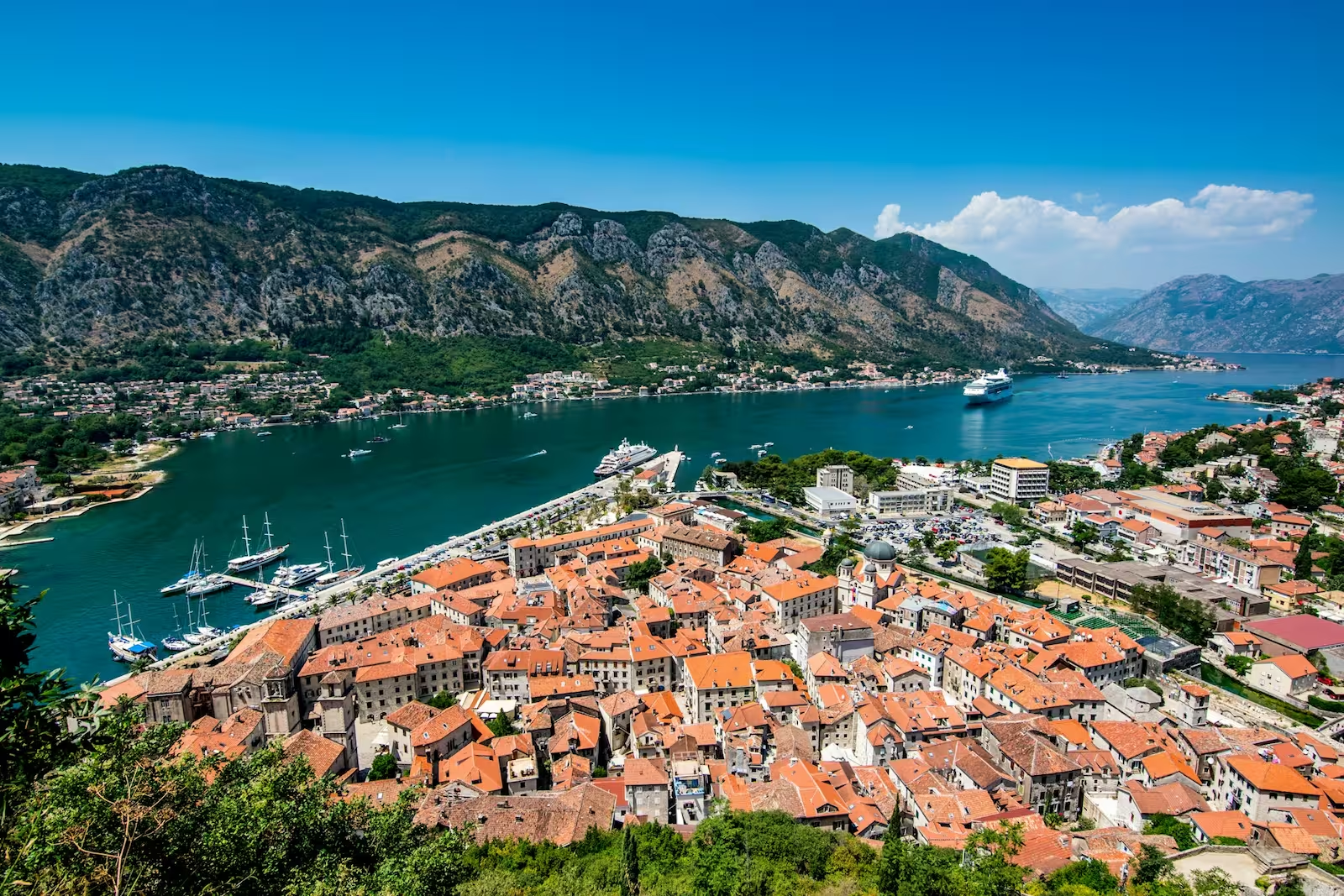
Day 2: Kotor, Montenegro
Just a few hours south lies Kotor, a town tucked at the end of a fjord-like bay. The drive itself is worth it, with winding roads and views across the water.
Kotor’s medieval old town is a maze of cobblestone streets and squares (with adorable street cats everywhere, for the cat lovers!), but the real highlight is climbing up to the fortress above.
The hike is steep, but the view over the Bay of Kotor is unforgettable. In the evening, you can sit outside with a glass of local wine and watch the town’s nightlife spill into the streets.
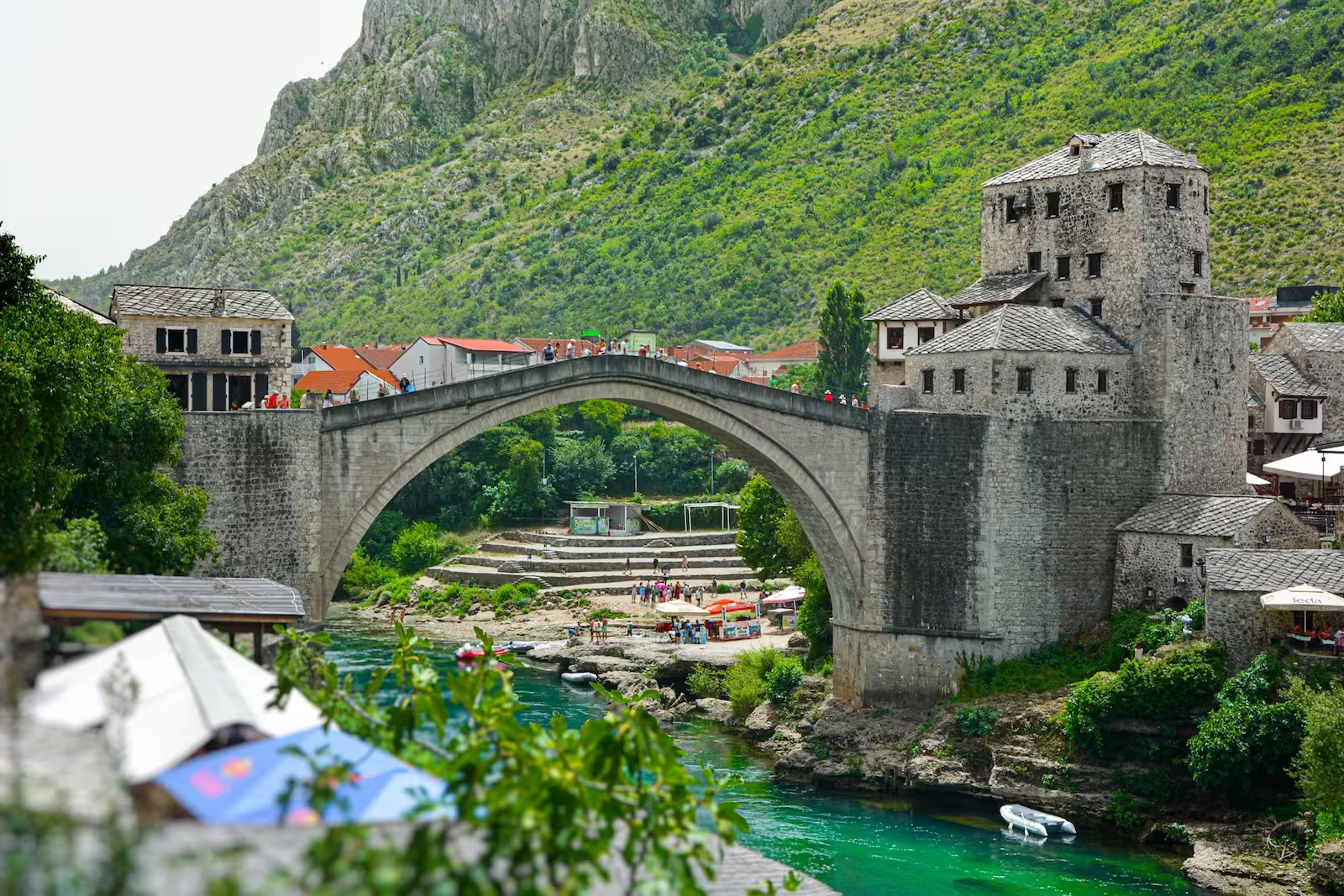
Day 3: Mostar, Bosnia and Herzegovina
From Montenegro, cross into Bosnia to reach Mostar, a city that feels like a bridge between cultures… literally.
The Stari Most (Old Bridge) is the centerpiece, arched elegantly across the Neretva River. It was destroyed during the war in the 1990s but rebuilt, and today divers still leap into the cold water below.
Mostar’s old town has Ottoman influence and also a lot of the typical Balkan charm. Cafes serve strong Bosnian coffee, market stalls line the cobbles, and mosques dot the skyline.
It’s one of those places where history feels very present, yet the atmosphere is warm and welcoming.
Day 4: Sarajevo
A few hours further inland is Sarajevo, one of the most fascinating capitals in Europe.
Known as the place where East meets West, its streets hold Austro-Hungarian buildings next to Ottoman bazaars.
The city has a difficult recent past, with scars from the 1990s siege still visible, but it’s also full of life and resilience.
Spend the day exploring Baščaršija (the old bazaar), trying ćevapi (grilled meat with flatbread), and learning about the city’s history in its museums.
Sarajevo has an energy that surprises most travelers: friendly, raw, and very real.
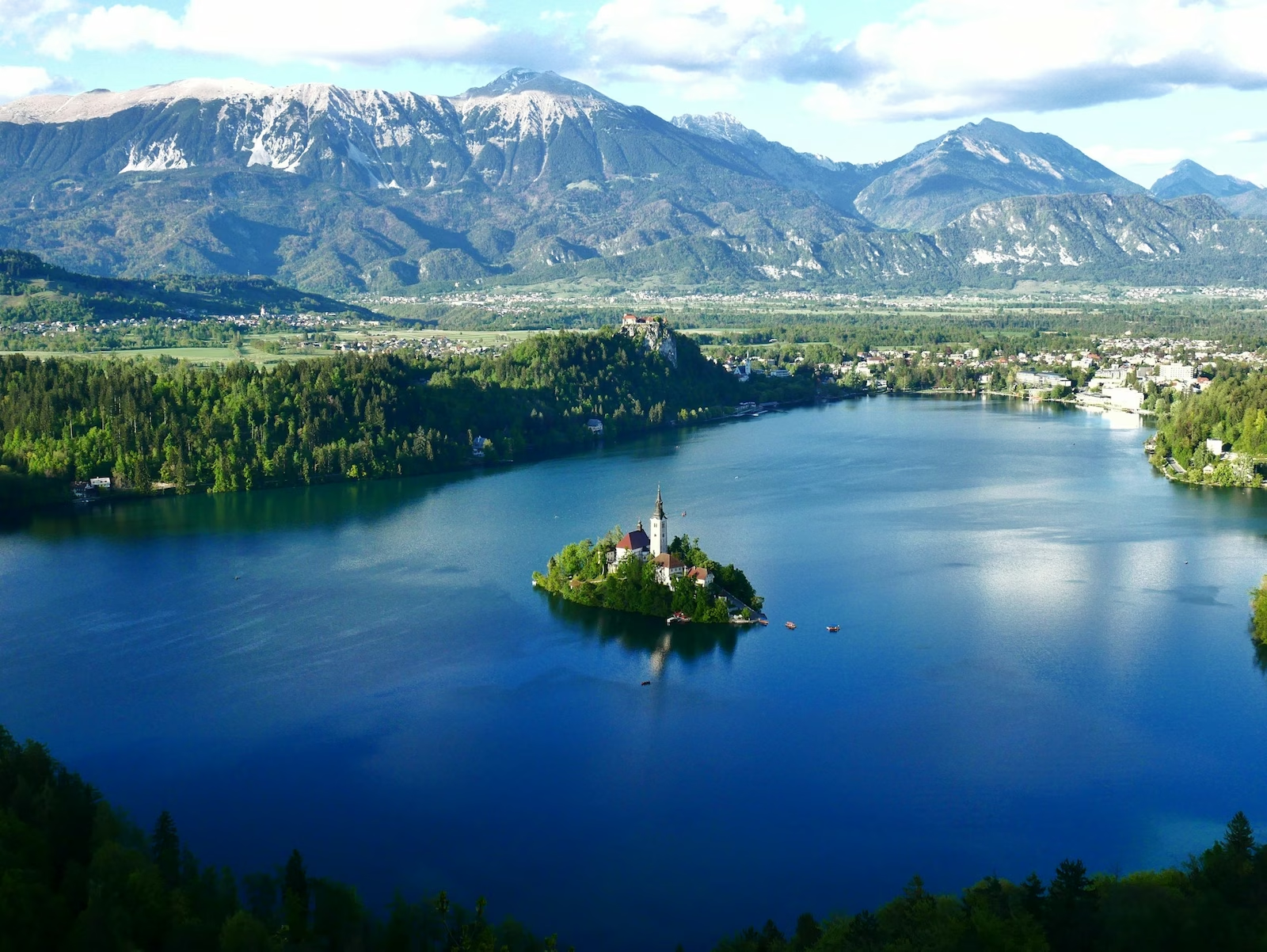
Day 5: Lake Bled, Slovenia (optional ending)
If you’re flying home from the north, finish your trip at Lake Bled in Slovenia.
The lake, with its little island and church in the middle, looks like something out of a fairytale. Rent a boat, hike up to Bled Castle, or just relax by the water.
It’s a calmer ending after days filled with cities and driving.
For those heading south instead, you could loop back to Croatia for beaches or to Skopje in North Macedonia for a taste of a different Balkan vibe.
Travel tips for the Balkans ℹ️
The Balkans are compact, but roads are winding and slow. Don’t expect to cover huge distances in one day. Renting a car is the best way to maximize five days, though buses connect most major towns too.
Food is hearty, portions are generous, and prices are a relief compared to Western Europe. Expect grilled meats, fresh bread, and strong coffee almost everywhere. English is spoken in most tourist spots, but learning a few local words is always appreciated.








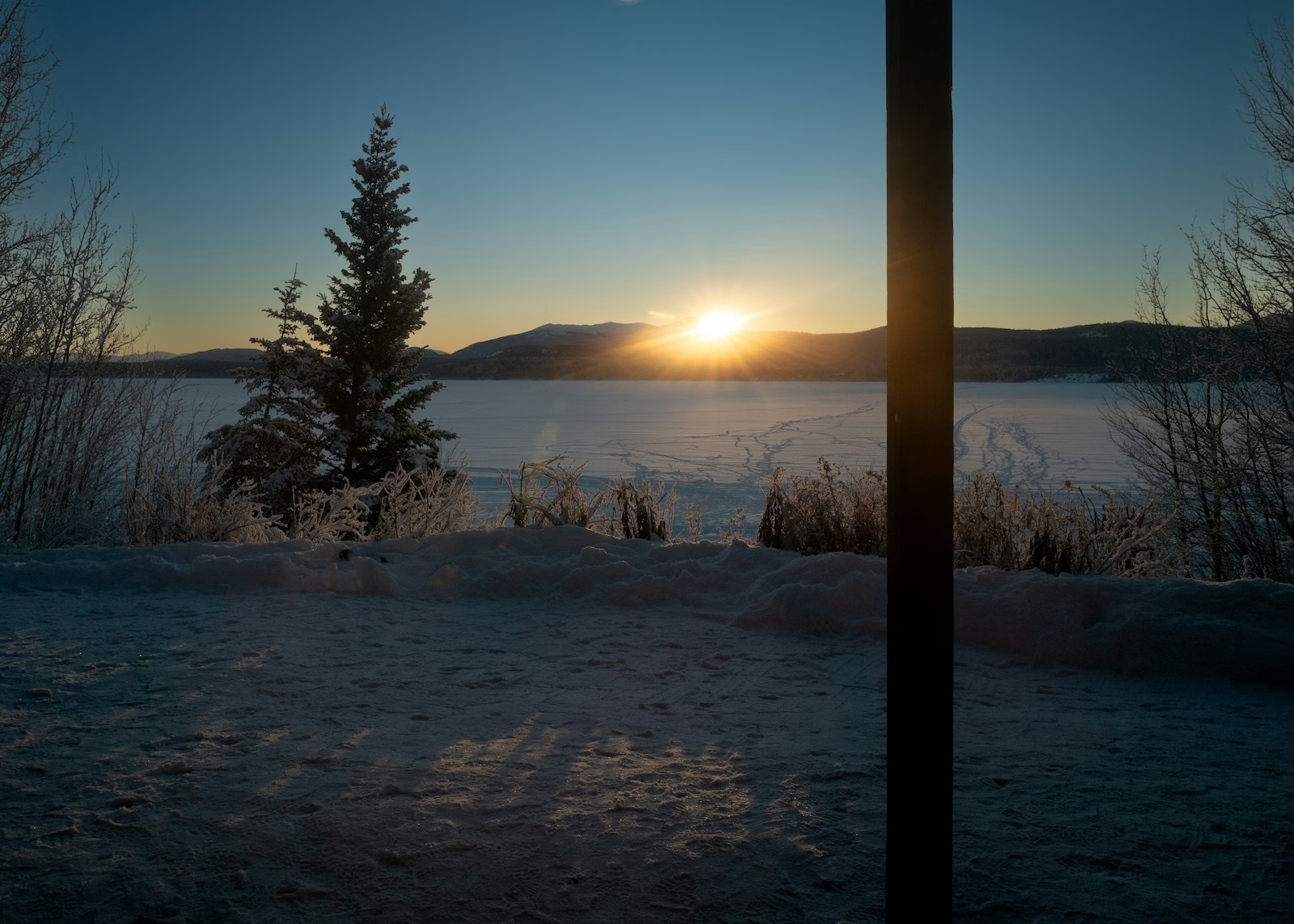
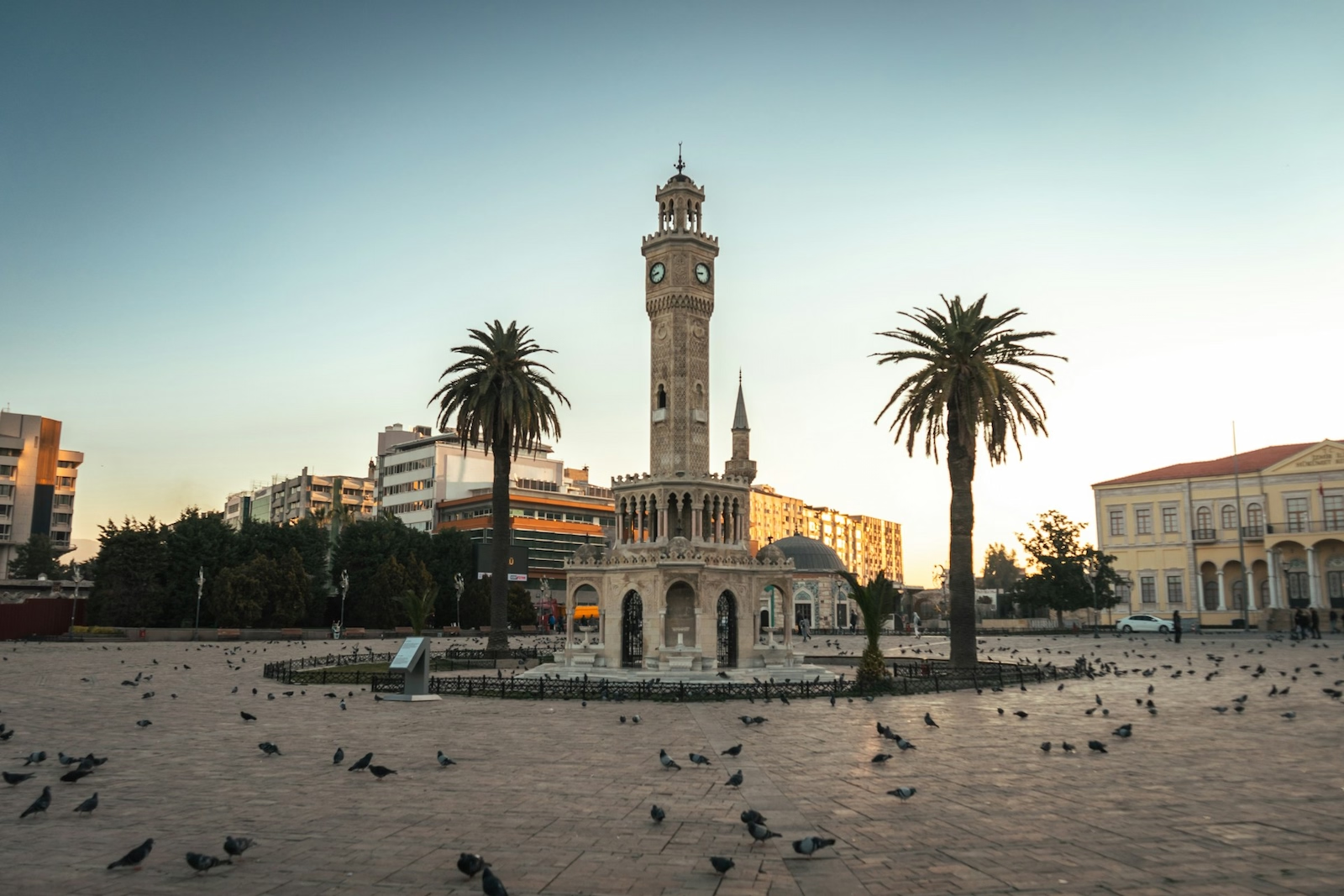
.avif)

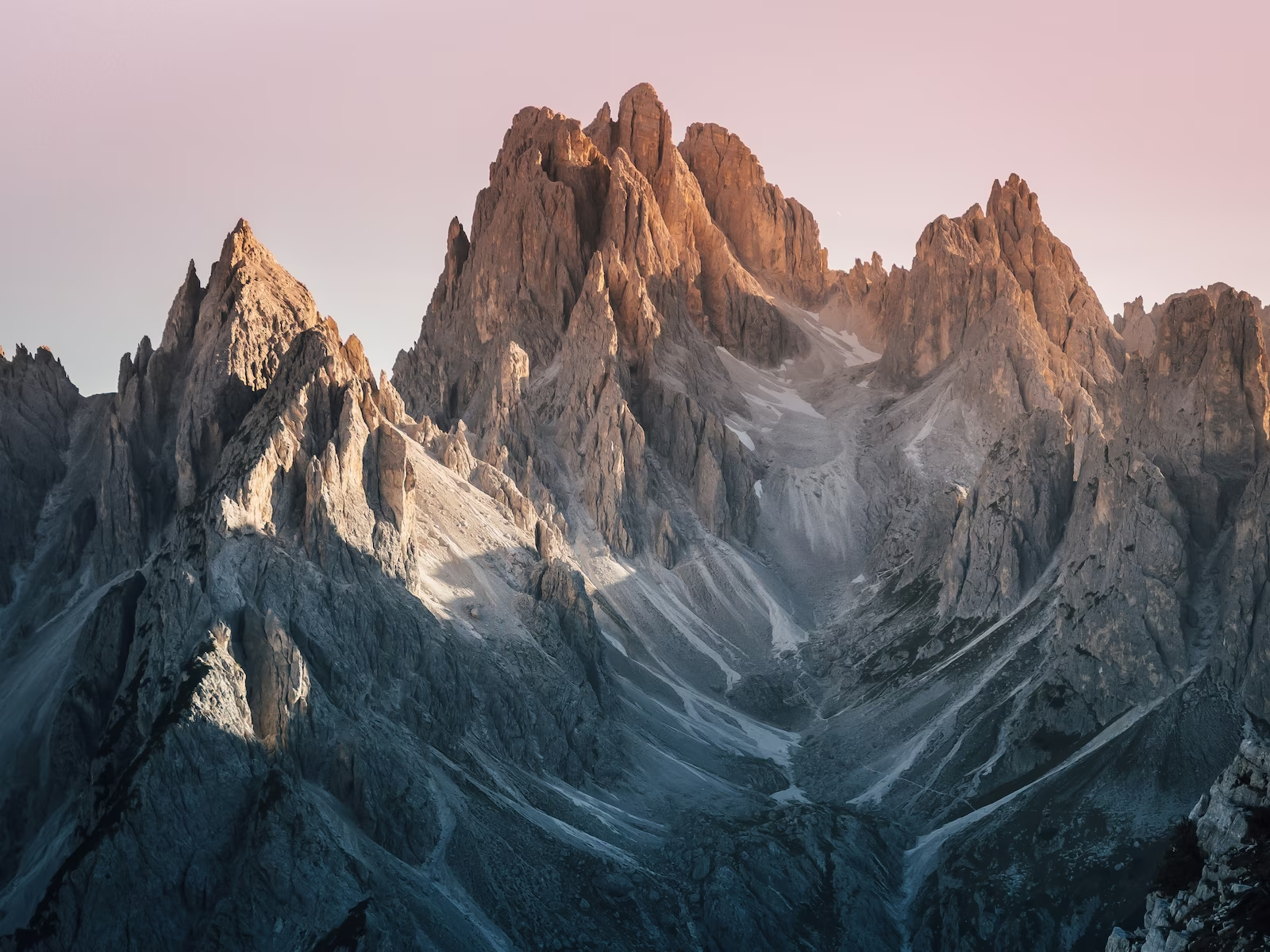
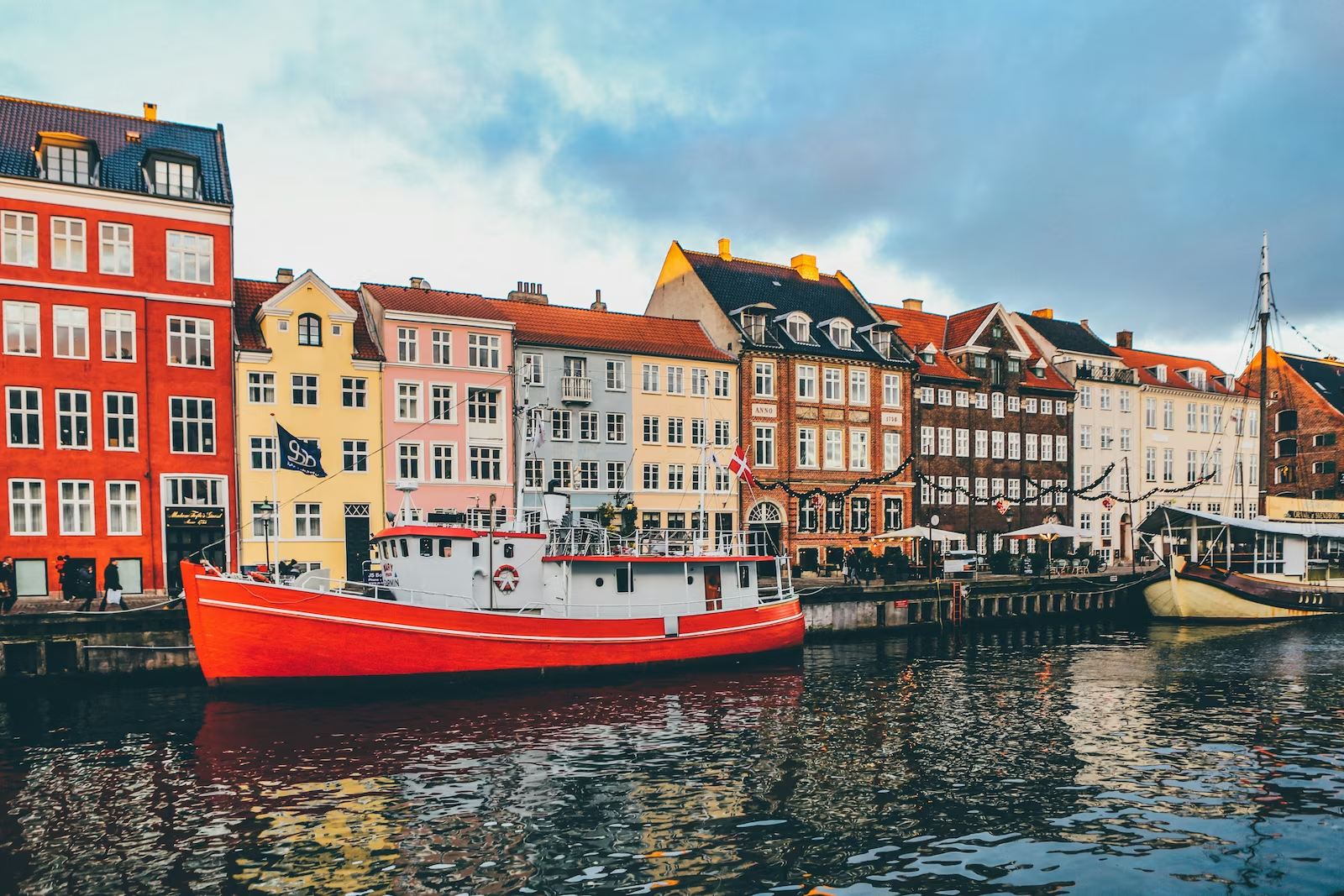
.avif)